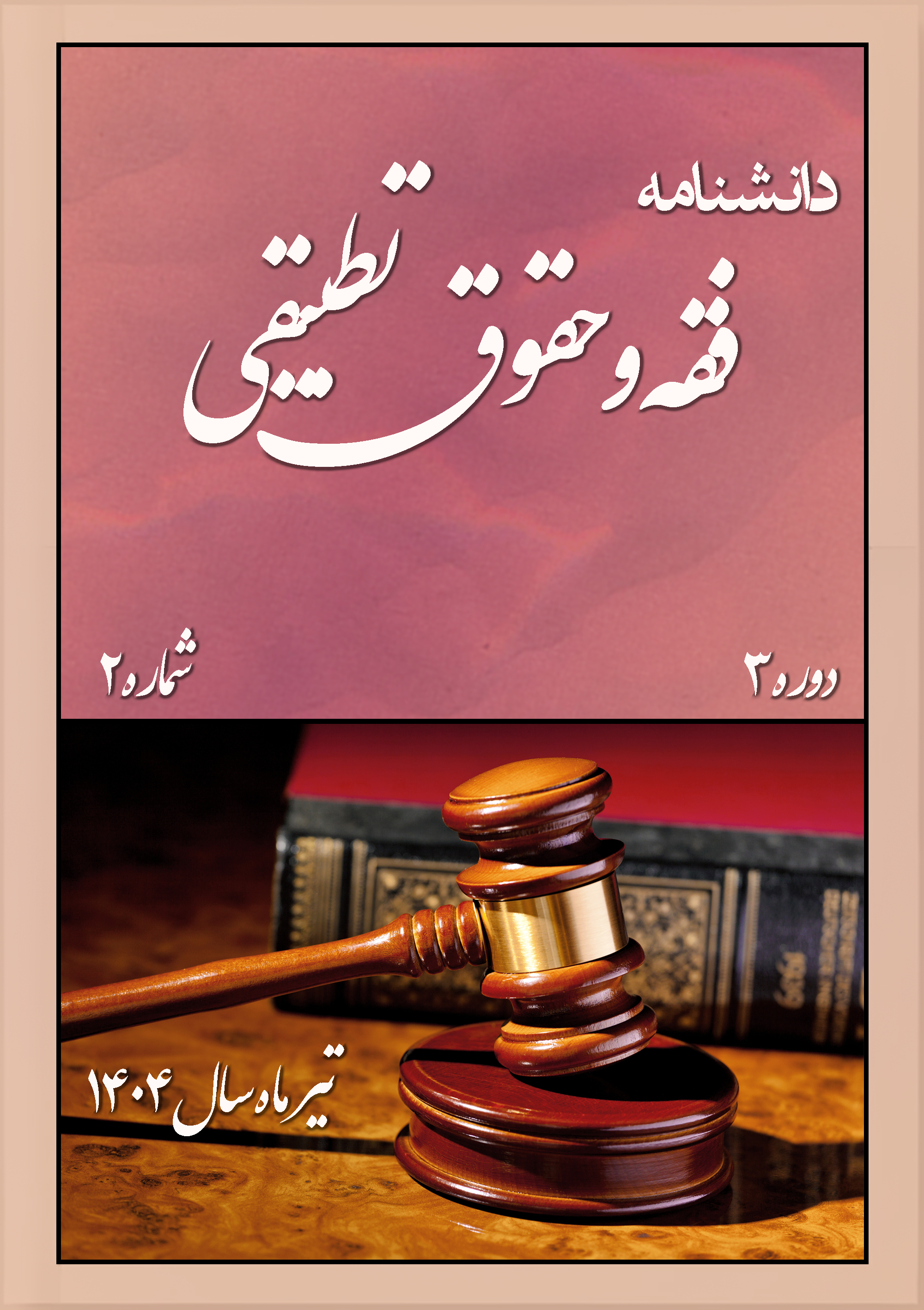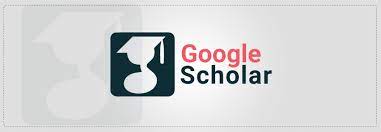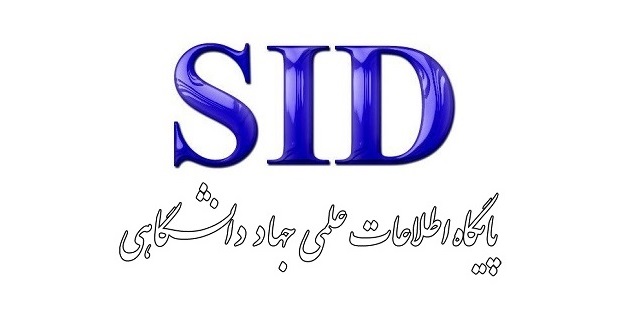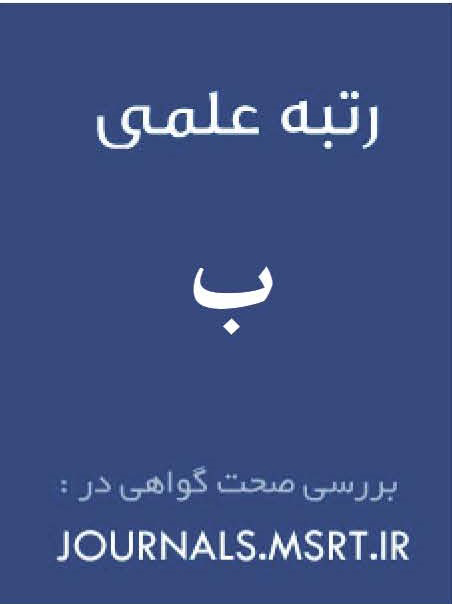Regulatory Challenges in the Iranian Capital Market (Stock Exchange)
Keywords:
smart contract, blockchain, governing law, private international law, Rome I Regulation, Iranian legal systemAbstract
Regulation, as one of the most critical functions of modern governance, has led to the establishment of regulatory bodies—particularly in the domain of economic regulation—in many countries. The cyclical crises inherent in the market-based economic system have always necessitated the intervention of a force beyond the market itself. Today, regulation is viewed through a new lens: it represents a form of governance based on the concept of distributed power and no longer considers the state as the sole and unchallenged authority in exercising public control. The capital market, as one of the three main financial markets in Iran, has consistently faced challenges related to the enforcement and implementation of regulation. This study, grounded in theoretical frameworks and conducted using an analytical, descriptive, and comparative method, investigates the prerequisites for the formation of regulatory states. It demonstrates that Iran’s economic system, due to the extensive scope of government intervention, significantly diverges from the neoclassical economic paradigm that underlies economic regulation. Furthermore, the existence of a rentier economy and the absence of a free market—along with structural challenges such as the application of inappropriate institutional models in financial markets—have rendered the regulatory approach pursued in Iran’s capital market ineffective. These conditions necessitate fundamental legal, political, social, and structural reforms.
Downloads
References
Azimi, H. (2017). Iran collection; Religion-ideology-democracy and its obstacles. Iran Farda monthly(40), 40-46.
Deardorff, A. V. (2000). The Economics of Government Market Intervention, and Its International Dimension.
Farhanian, M. J. (2014). lecture on the review of supervisory systems in financial markets. Economic Journal(9), 119-136.
Farman Ara, V., Kamijani, A., Farzinvash, A., & Ghaffari, F. (2018). The role of the capital market in financing and economic growth (case study: Iran and a selection of developing countries). Financial Economics, 47(13), 37-19.
Giacomo, L. (1987). Allocation V.S. Production States: A Theoretical Framework.
Haji Yousefi, A. (2017). Relative Independence of the Government or Civil Society in the Islamic Republic of Iran. Strategic Studies Quarterly(1), 69-94.
Hoekman, B., & Holmes, P. (1999). Competition Policy in Developing Countries and WTO. Word Bank, Working Paper. https://doi.org/10.1596/1813-9450-2211
Karimi, M., Saraf, F., Imamverdi, Q., & Baghani, A. (2018). dynamic correlation of oil price fluctuations and the stock market of the Persian Gulf countries with an emphasis on the contagion of the financial crisis. Journal of Financial Economics, 49(13), 101-130.
Kianmehr, A., Janabi, M. H., & Hemtifar, M. (2021). Explain the role of stock market anomalies in the pricing of capital assets. Journal of Financial Economics, 53(14), 193-212. https://sid.ir/paper/387027/fa
Kornet, M. (2013). Markets and financial institutions. Tehran University Press.
Manzoor, D., & Hosseinzadeh Yazdi, S. (2019). Regulation and regulation of the financial system in Iran: a comparative assessment. Researches of Money and Banking, 13IS - 43, 149-188. https://sid.ir/paper/1060621/fa
Mirjalili, F., & Molazemian, M. (2006). the law to facilitate competition and regulations related to control and prevent the formation of monopolies Iran's Legal Criminal Policy in Economic Crimes. Javedane Publishing House.
Nasri, Q. (2001). oil and national security of the Islamic Republic of Iran. Strategic Studies Research Institute.
Petoft, A., & Momeni Rad, A. (2015). The Evolution of Government Intervention in Economyfrom the Perspective of Public Law-Welfare to Post Regulatory Government. Public Law Research Quarterly, 47(17), 186-204.
Prentis, E. (2013). Competitive Market Economies: Self-Regulating Markets vs. Economic Stability and the Paradox of Change.
Rahbar, N. (2017). The Independence of Securities and Exchange Apparatus of the Islamic Republic of Iran. Comparative Law Review(8), 179-202.
Rahimi Boroujerdi, A. (2018). Privatization. Tehran University Press.
Sameti, M., Ranjbar, H., & Hematzadeh, M. (2013). A Comparative Survey of Financial Development Effect on Economic Growth at Asymmetric. Economic Growth and Development Research(9), 25-40. https://doi.org/10.4324/9781315888989-8
Sardoeinasab, M. (2018). The ratio of competition rights and capital marketJO - Legal and Judicial Perspectives Quarterly. 86(24), 139-163.
Simon, W. (2006). Toyota jurisprudence: legal theory and rolling rule regimes. Hart Publishing.
Vaez Barzani, M., & Izadkhasadi, H. (2011). analysis of the role of monetary interest rate in the economic crises of the capitalist system: Islamic approach. Islamic Economy Quarterly, 44(11), 1-95.
Valizadeh, H. (2009). analysis of regulation, privatization in Iran. Qanoonyar International Quarterly, 3(11), 255-297.
Zarei, M., Hasanvand, M., & Soleimani Sibani, M. P. Y. (2016). The Concept of Regulatory Governance. Public Law Essays, 7(1), 124-147.
Downloads
Published
Submitted
Revised
Accepted
Issue
Section
License
Copyright (c) 2025 Sara Fadaei, Seyyed Mojtaba Vaezi, Hojjat Mobayen (Author)

This work is licensed under a Creative Commons Attribution-NonCommercial 4.0 International License.










